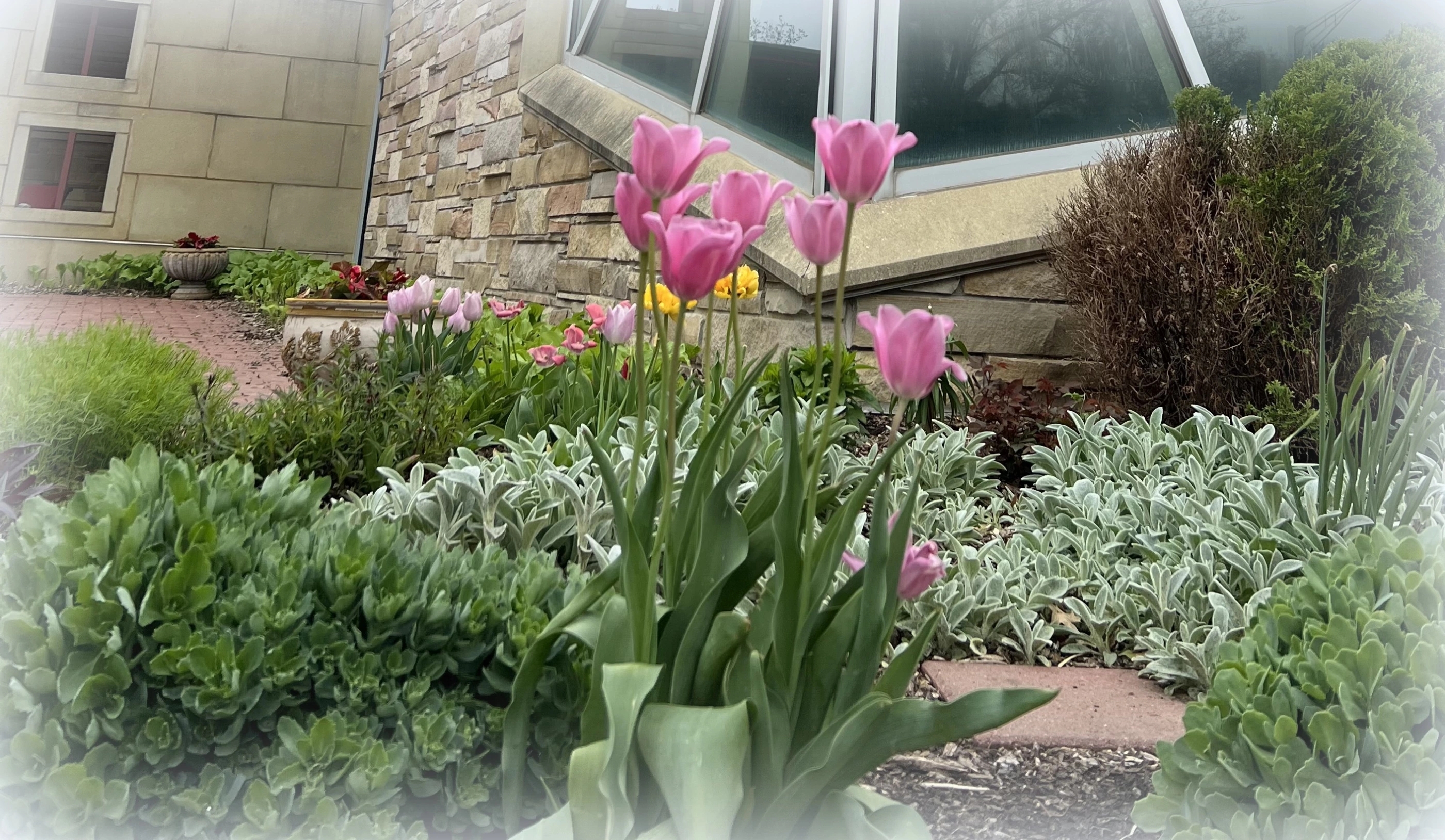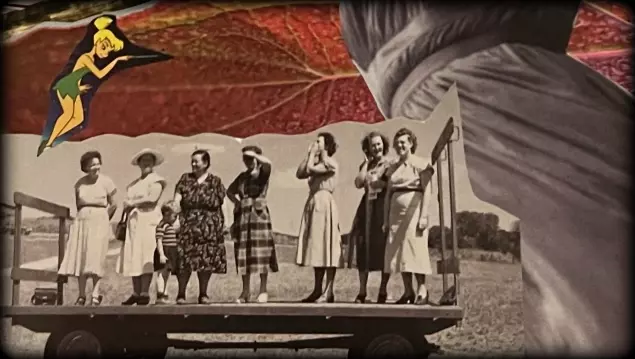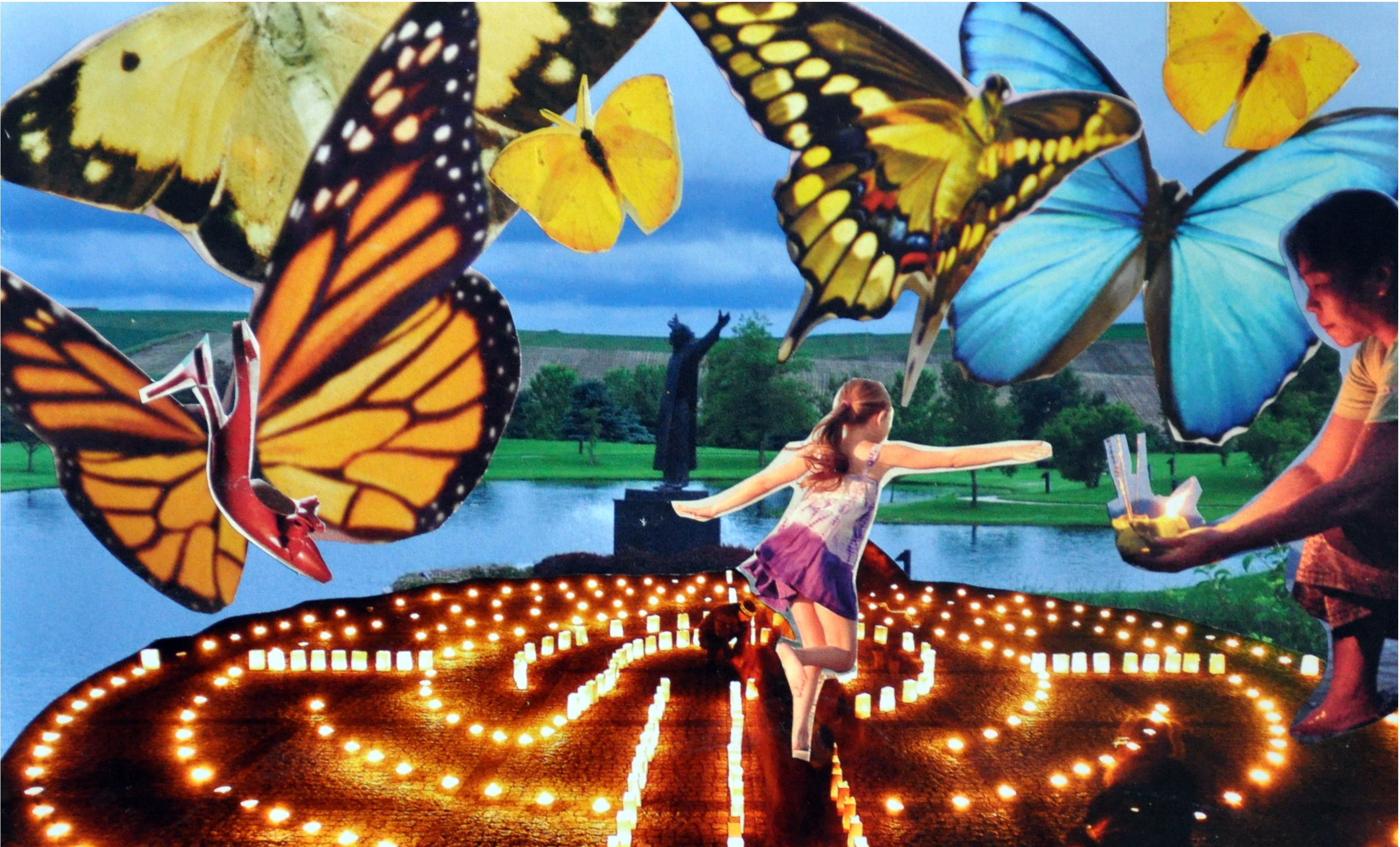“We love to think of Easter as the feast of dazzling light. We get up on Easter Sunday morning knowing that the sorrow of Good Friday is finally ended… that Jesus is vindicated, that the faith of the disciples is confirmed for all to see, and that everyone lived happily ever after. We love fairy tales. Unfortunately, Easter is not one of them.” (Joan Chittister)

During the Holy Triduum, we remember the events leading up to Easter. Each Holy Day is significant to the fullness of Jesus’ story—his life, death, and resurrection. Jesus’ life was full of joy—learning, teaching, helping others, growing in his authentic identity, and embracing his essence—but, also, as the Gospel of John poignantly states, “Jesus wept.” Even Jesus could not escape his own suffering—the death of a friend, concern for political and religious corruption, the betrayal of his disciples, his own physical persecution, and, finally, his fear of abandonment, that he had been forgotten by God and everyone. No doubt about it, Jesus experienced both joy and suffering.
Jesus’ life is an archetype for our own spiritual journey. There is nothing that happens in our lives that Jesus didn’t also experience. When we live out our own Good Fridays, mini-deaths that bring us face to face with darkness, we know we are not alone. We may feel betrayed by loved ones, blamed for problems we didn’t create, forsaken by those we trust. We grieve the loss of loved ones and lament our own mistakes. We are depressed or sad.
Our Holy Saturday is a time of waiting, enduring or resting, perhaps a respite from problems, a time when we can separate from our pain for moments, even days at a time. In the tomb, we wait for healing. Perhaps, we allow others to mourn with us and wait with us in hope. Our waiting is a gray space of in-between.

This darkness is not what we want—and anytime we experience something unwanted, or conversely don’t get what we do want, we live in some shade of darkness. Truth be told, we simply want peace and joy. We don’t want to be patient, to feel bad, to hurt. There are times when we cling to the darkness and choose to stay in a place of suffering, but we can both honor the darkness while looking towards a glimmer of light, to Easter.
Easter is life after suffering, but for us, it is less of an ending and more of a “to be continued.” Some of our sorrow and suffering may never feel finished. We relive painful events that hurt us so deeply, but Easter teaches us to rise and to surrender. In perpetual hope, we long for eternal life without suffering. Perhaps, it is a conscious choice to distance ourselves from our suffering, our grieving or waiting, and move into new life. Or, quite mysteriously, the veil of darkness lifts. Where heaviness and oppression were, through grace, the light of Easter shines.
So Easter is not a fairy tale that is once and for all finished, but instead, “Easter is the feast that gives meaning to life. It is the feast that never ends. After Easter, the tomb stands open for all of us to enter. If Jesus is risen, then you and I have no choice but to go into the tomb, put on the leftover garments ourselves, and follow Jesus back to Galilee where the poor cry for food and cripples cry to be taken to the pool and the blind wait for the spittle on their eyes to dry. All the fidelity in the world will not substitute for leaving the tomb and beginning the journey all over again. Today. Every day. Always.” (Joan Chittister)

“Light and darkness are always mixed, sometimes more this, sometimes more that.” (Fr. Mauritius Wilde) We move unwittingly, sometimes erratically, from one stage to the next, and sometimes back again. Two steps forward, one step back. We journey on this life/death/life cycle of our own personal Easter. This season, between Easter Sunday and Pentecost, marks the transcendence of time and space—Jesus was and still is. Jesus suffered and yet, rises. Jesus waits and has also reached his fullness. Jesus holds together the paradox of death and resurrection. The events of the Holy Days “are liturgically one day unfolding for us the unity of Christ’s Paschal Mystery.” (United States Conference of Catholic Bishops)
“… Easter is raw reality. Easter stands in stark witness, not to the meaning of death, but to the meaning of what it is to go on despite death, in the face of death—because of death. To celebrate Easter means to stand in the light of the empty tomb and decide what to do next. Until we come to realize that, we stand to misread the meaning not simply of the Easter gospel but of our own lives. We miss the point. We make Easter an historical event rather than a life-changing commitment. We fail to realize that Easter demands as much of us now as it did of the apostles then.” (Joan Chittister)
Dear God, Help me to embrace both the darkness and light of life, to surrender my expectations that things should be the way I want them. Help me to keep an open heart, to surrender to the call of the empty tomb and be Jesus in the world. Give me the courage to face the darkness of life and to begin again. Amen.





Leave a comment